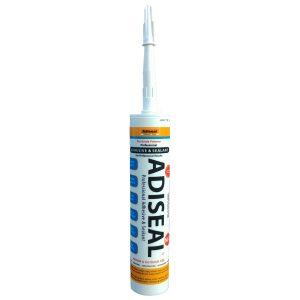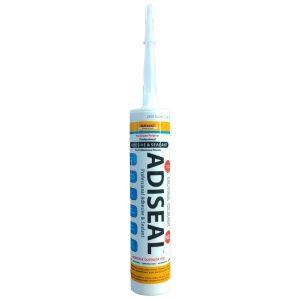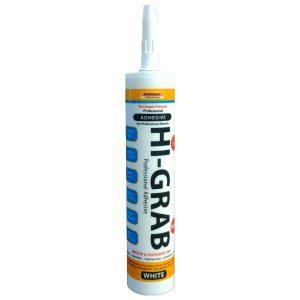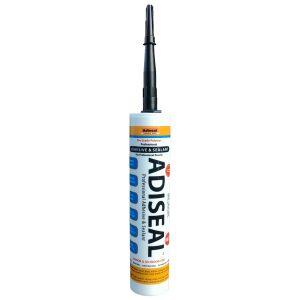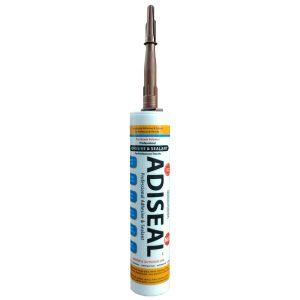Roofing Felt Adhesive
Roofing Felt Adhesive: Reliable & Secure Roof Installations
Roofing felt adhesive plays a crucial role in ensuring the durability and longevity of roofs. It provides a strong bond between roofing felt and various roofing substrates, enhancing weather resistance and preventing leaks. In this article, we will delve into the benefits, application techniques, and considerations when using roofing felt adhesive, helping you achieve a secure and reliable roof installation.
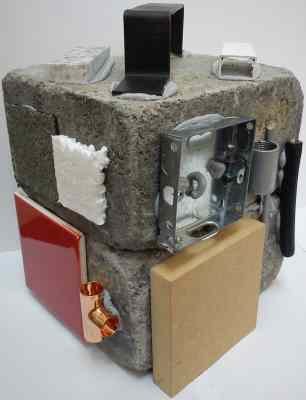
Benefits of Roofing Felt Adhesive
It offers several advantages that make it an ideal choice for roofing applications:
1. Superior Bonding Strength:
– Forms a robust bond between roofing felt and the underlying substrate, ensuring excellent adhesion and preventing water infiltration.
– Provides exceptional resistance against wind uplift, protecting the roof from potential damage.
2. Weather Resistance:
– Creates a watertight seal that withstands harsh weather conditions, including heavy rain, snow, and UV exposure.
– Guards against moisture penetration, reducing the risk of rot, mold, and structural damage.
3. Versatile Application:
– Suitable for various roofing substrates, including timber, concrete, and metal.
– Compatible with different types of roofing felt, such as traditional bitumen-based felts and modern synthetic membranes.
Application Techniques
To achieve optimal results, consider the following techniques:
1. Surface Preparation:
– Ensure the roof substrate is clean, dry, and free of debris.
– Remove any loose materials or existing adhesive before application.
2. Adhesive Application:
– Apply a uniform layer of adhesive onto the substrate using a brush, roller, or trowel.
– Pay special attention to the edges and overlaps of the roofing felt to ensure a secure bond.
3. Felt Installation:
– Carefully position the roofing felt onto the adhesive, aligning it accurately.
– Press firmly to ensure proper contact and bond formation.
Considerations for Successful Roofing Applications
To ensure successful roof installations, keep the following points in mind:
1. Quality of Materials:
– Choose a high-quality product from a reputable manufacturer to ensure reliability and performance.
– Select roofing felt that is compatible with the adhesive and suitable for the specific roofing application.
2. Weather Conditions:
– Consider the temperature and weather forecast during the installation process.
– Avoid applying adhesive in extreme temperatures or adverse weather conditions that may compromise the adhesive’s effectiveness.
3. Adhesive Coverage:
– Follow the manufacturer’s recommendations regarding the recommended coverage rate of the adhesive.
– Ensure sufficient adhesive is applied to create a strong and uniform bond.
In conclusion, roofing felt adhesive is an essential component for secure and weather resistant roof installations. By understanding its benefits, application techniques, and key considerations, you can confidently select and apply roofing felt adhesive to achieve long-lasting and reliable roofs.
Showing all 6 resultsSorted by popularity
